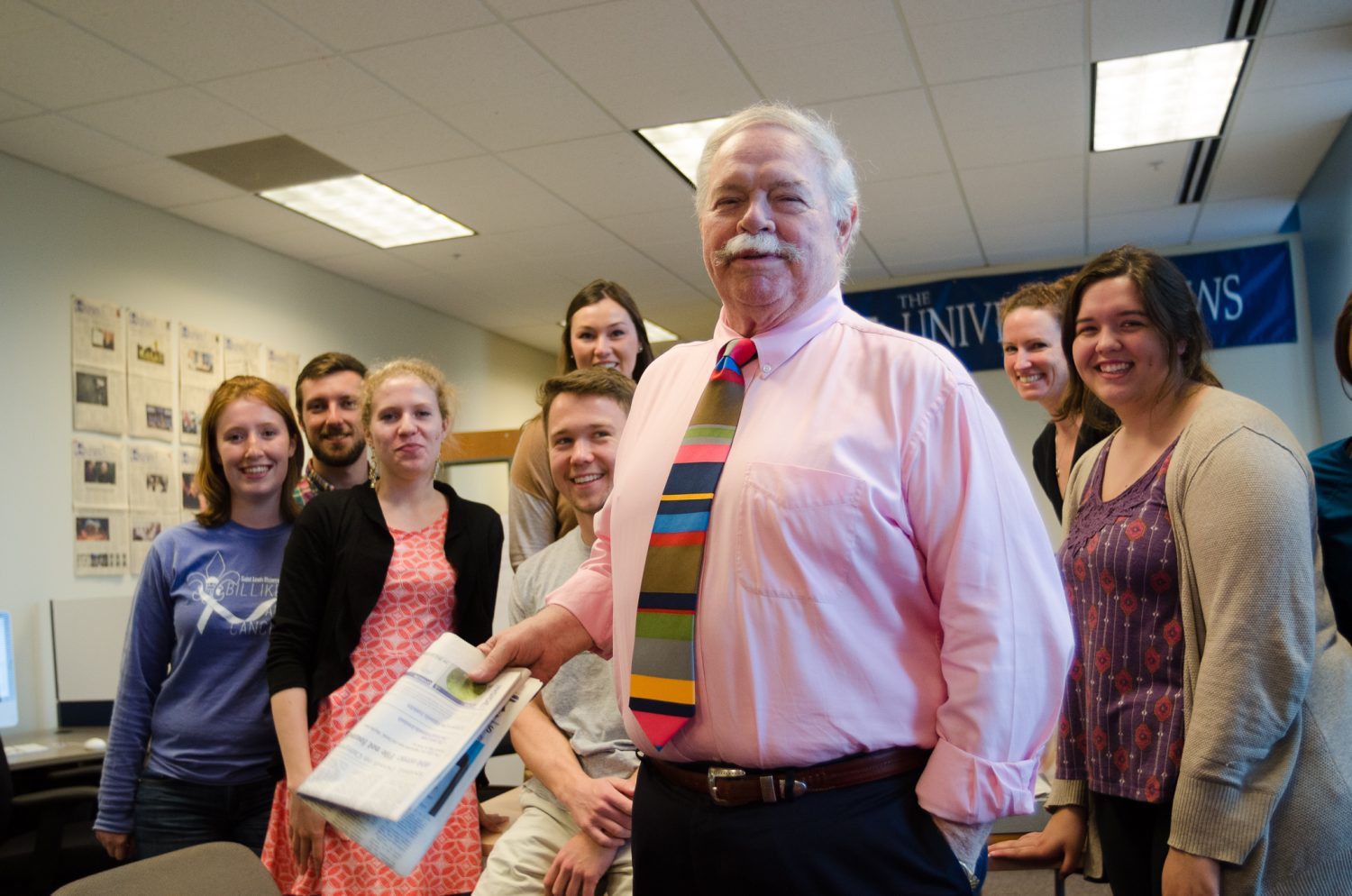History books and popular culture tout Ernesto Che Guevara as
the leader of the Cuban revolution, an icon of guerilla warfare and
the counterpart of Fidel Castro.
“The Motorcycle Diaries” is adapted from Guevara’s own published
diaries, written during the eight-month journey that shaped the
spirit of a revolutionary. In this film from Brazilian director
Walter Salles, Che (Gael Garcia Bernal) takes off to explore his
America and gain experience as a doctor by caring for lepers in the
Amazon.
This is the story of Ernesto, or “Fuser”–the23-year-old
Argentinean medical student who takes off to explore Latin America
with his best friend, biochemist Alberto Granado (Rodrigo de la
Serna).
They aim to travel some 8,000 kilometers on Alberto’s
motorcycle, a 1939 Norton 500 the pair refers to as “The Mighty
One,” in four months–just in time to celebrate Alberto’s 30th
birthday in Venezuela.
The journey from Buenos Aires takes longer than anticipated,
however, after “The Mighty One” gets in a few too many scrapes and
must be sold for parts in Chile.
The pair continue their journey on foot, and the film follows
“two lives running parallel for a while” as they hitchhike to the
tip of Latin America.
The symbiotic nature of Ernesto and Alberto’s friendship reveals
itself through Ernesto’s hard-headed honesty and Alberto’s guile;
de la Serna achieves a balance between Alberto’s explicit
witticisms and his sensitivity. Alberto is the film’s comic
relief–but he has every bit the depth and development of
Ernesto.
Some of Ernesto’s most thought-provoking realizations–read from
his diary throughout the film as voiceovers–are written in the
breathtaking Incan ruins of Machu Picchu, juxtaposed with the
crawling capital city of Lima, Peru. Bernal captures both the joy
and disillusionment of discovery in his portrayal of Ernesto, a far
cry from his role in “Y Tu Mama Tambien.”
The apex of the film occurs upon the arrival of the pair, by
boat, at the compound in San Pablo. Ernesto is bothered by the
division between the sick and the healthy: The doctors and nurses
live north of the Amazon, while the patients live amongst each
other on the south side of the river. Ernesto almost immediately
infuses his spirit into the community of societal outcasts, earning
the respect of sick and healthy alike.
It is difficult to envision how the compassionate, asthmatic
Ernesto eventually winds up before a Bolivian firing squad in 1967,
but Salles captures hints of Ernesto’s fledgling insurgency: He
refuses to wear gloves when he works with lepers, hurls a rock at a
mining truck pulling away with a load of exploited workers and
dives into the Amazon after dark to celebrate his birthday on the
other side of the river, with the sick.
The paths of Ernesto and Alberto diverge once they reach
Venezuela, eight months after they left from Buenos Aires and long
before Ernesto ever dons a beret. “The Motorcycle Diaries” is both
an epic adventure and a series of portraits of the people of Latin
America–the oppressed who will fire Ernesto’s romantic ideals into
a hardened political ideology.





